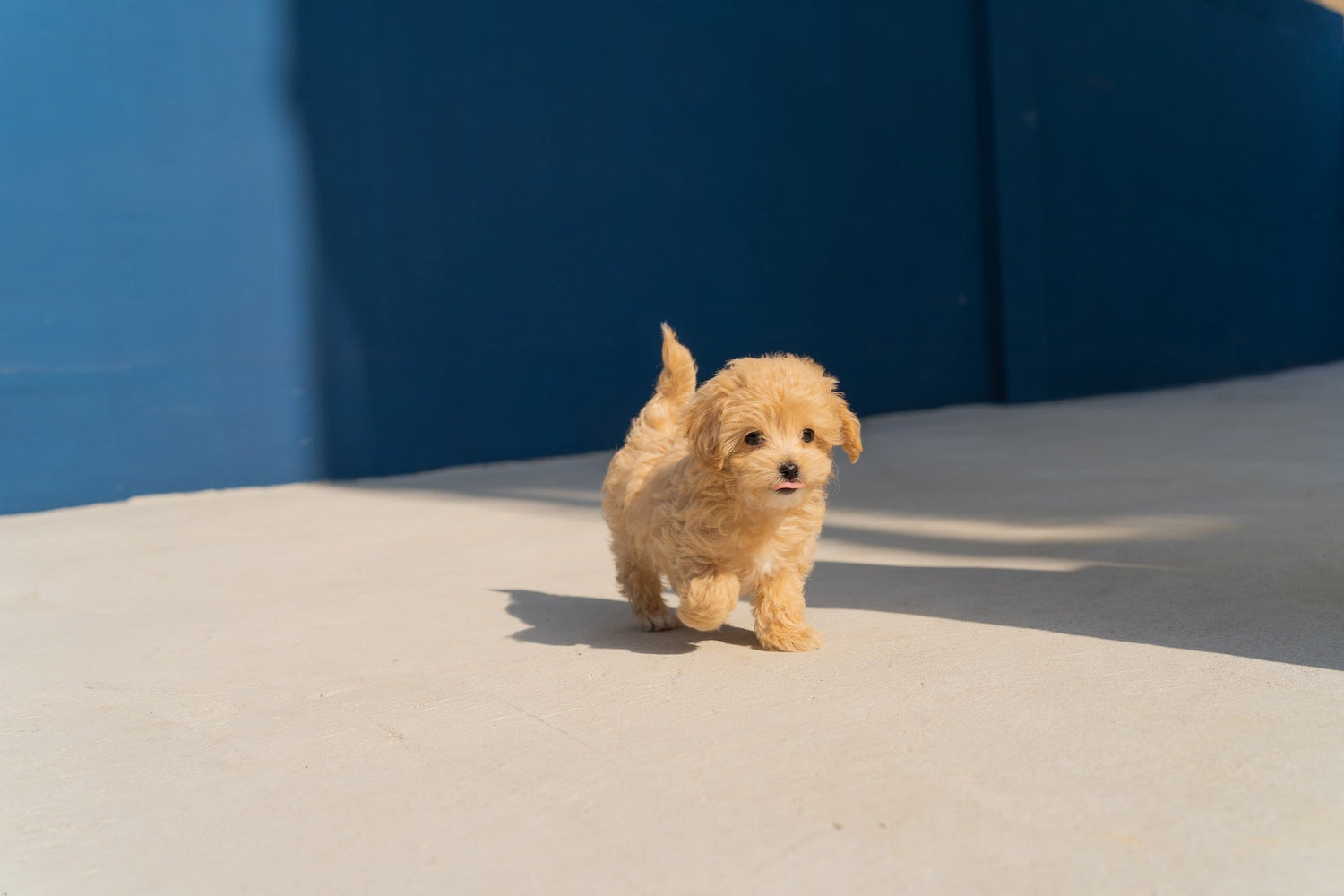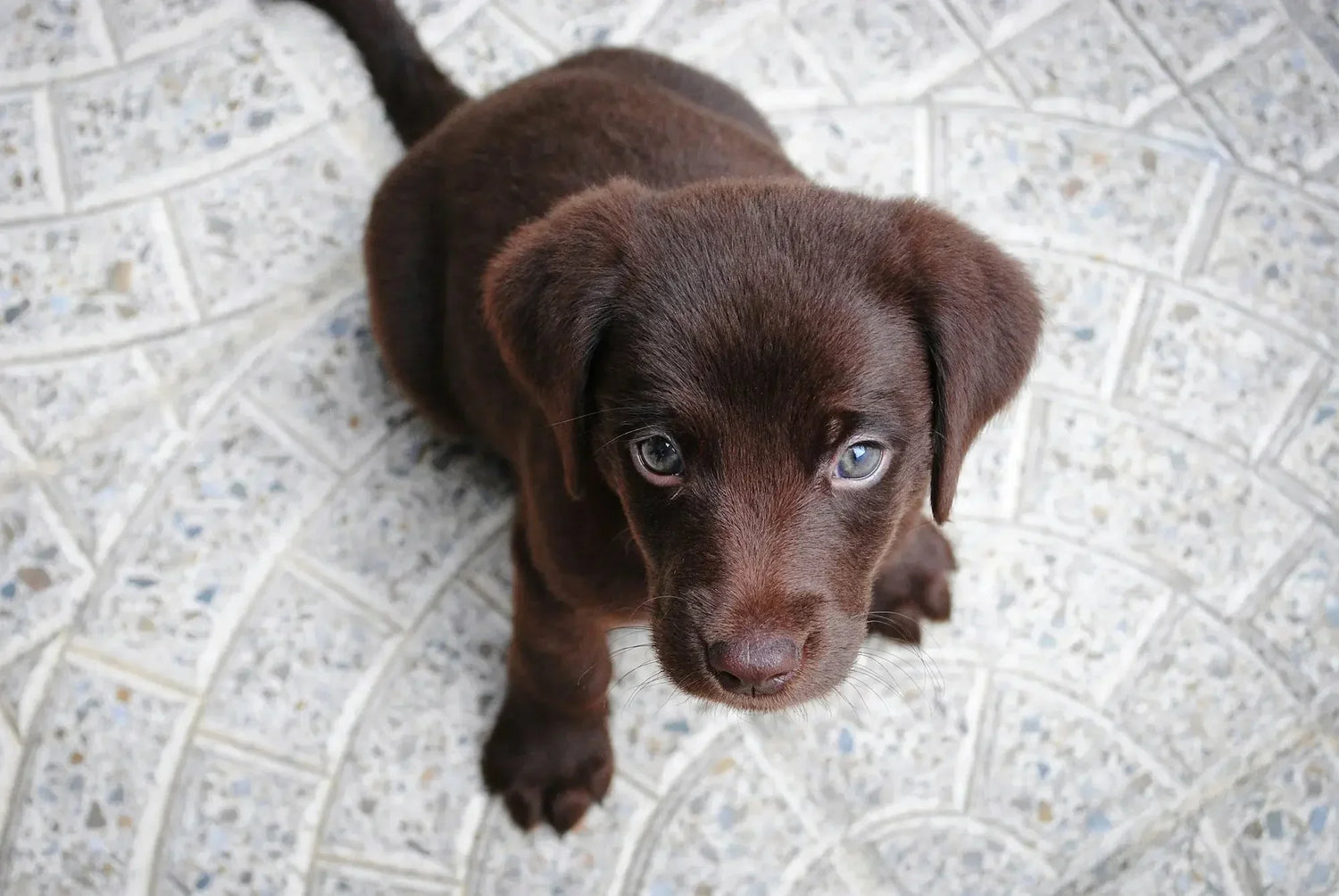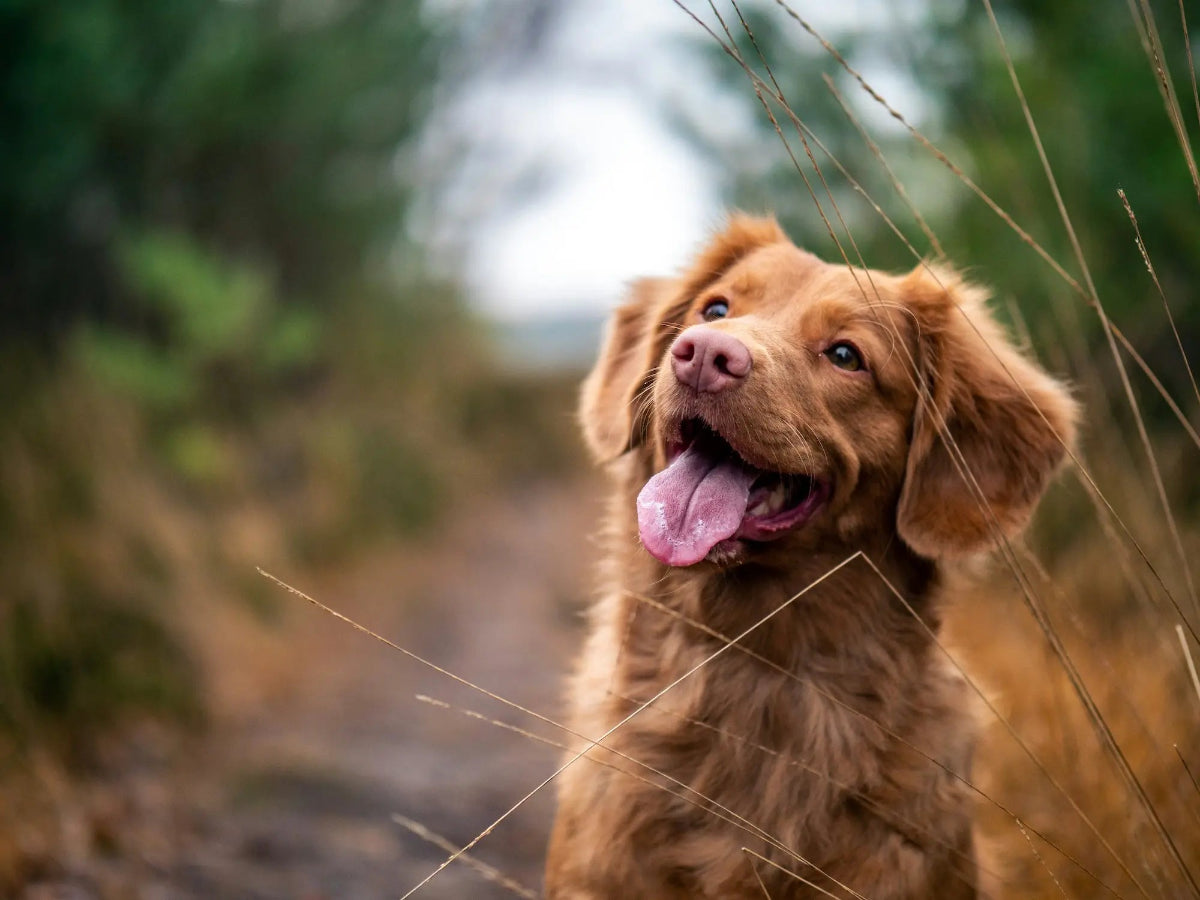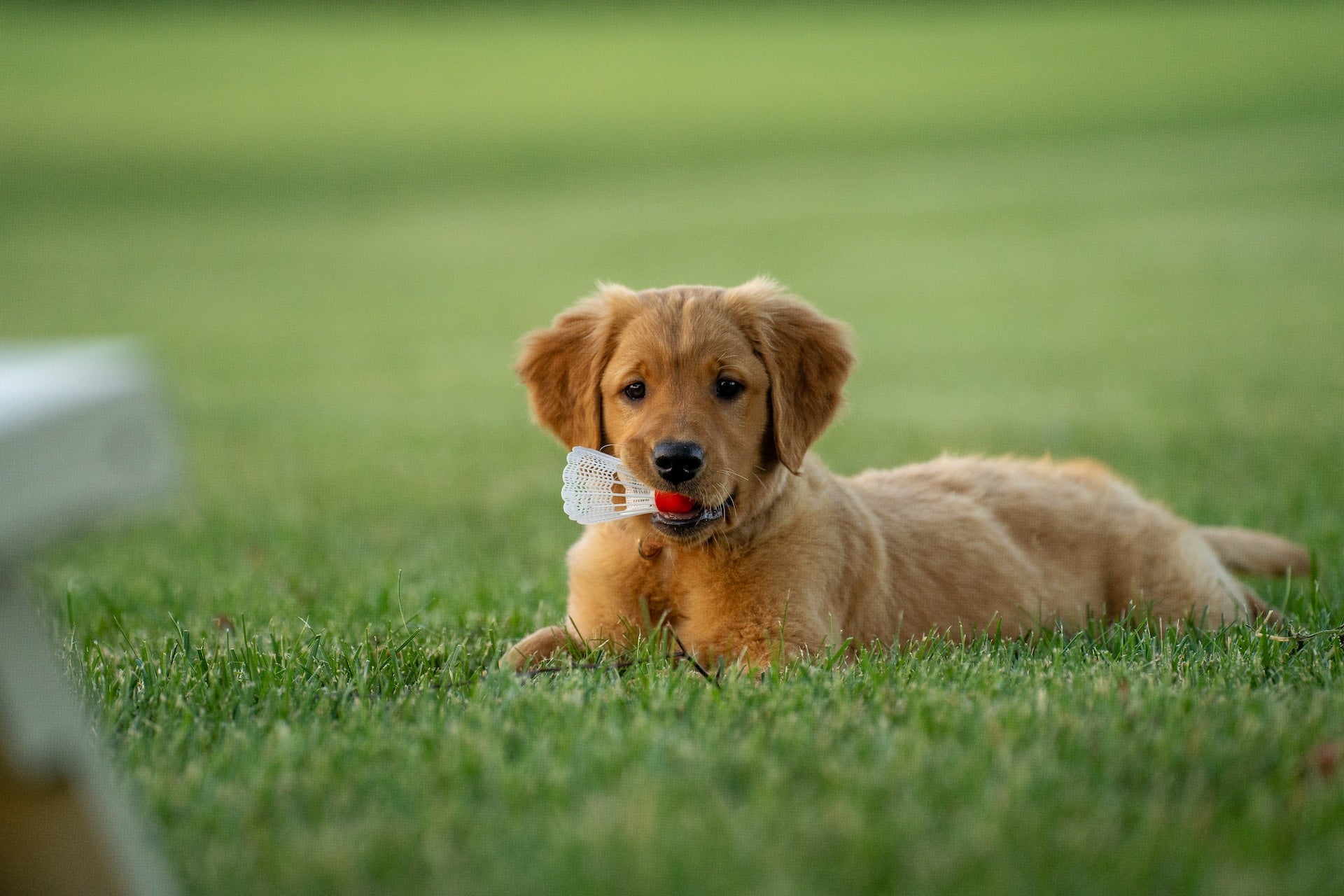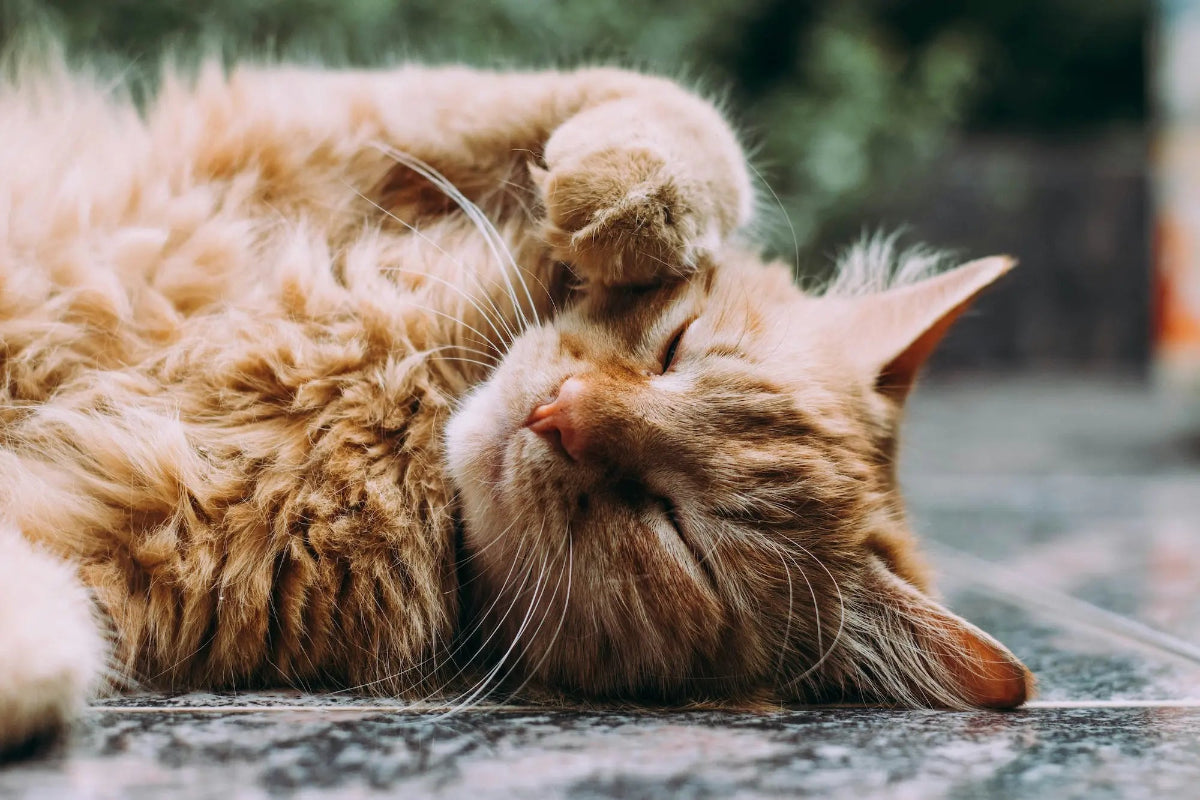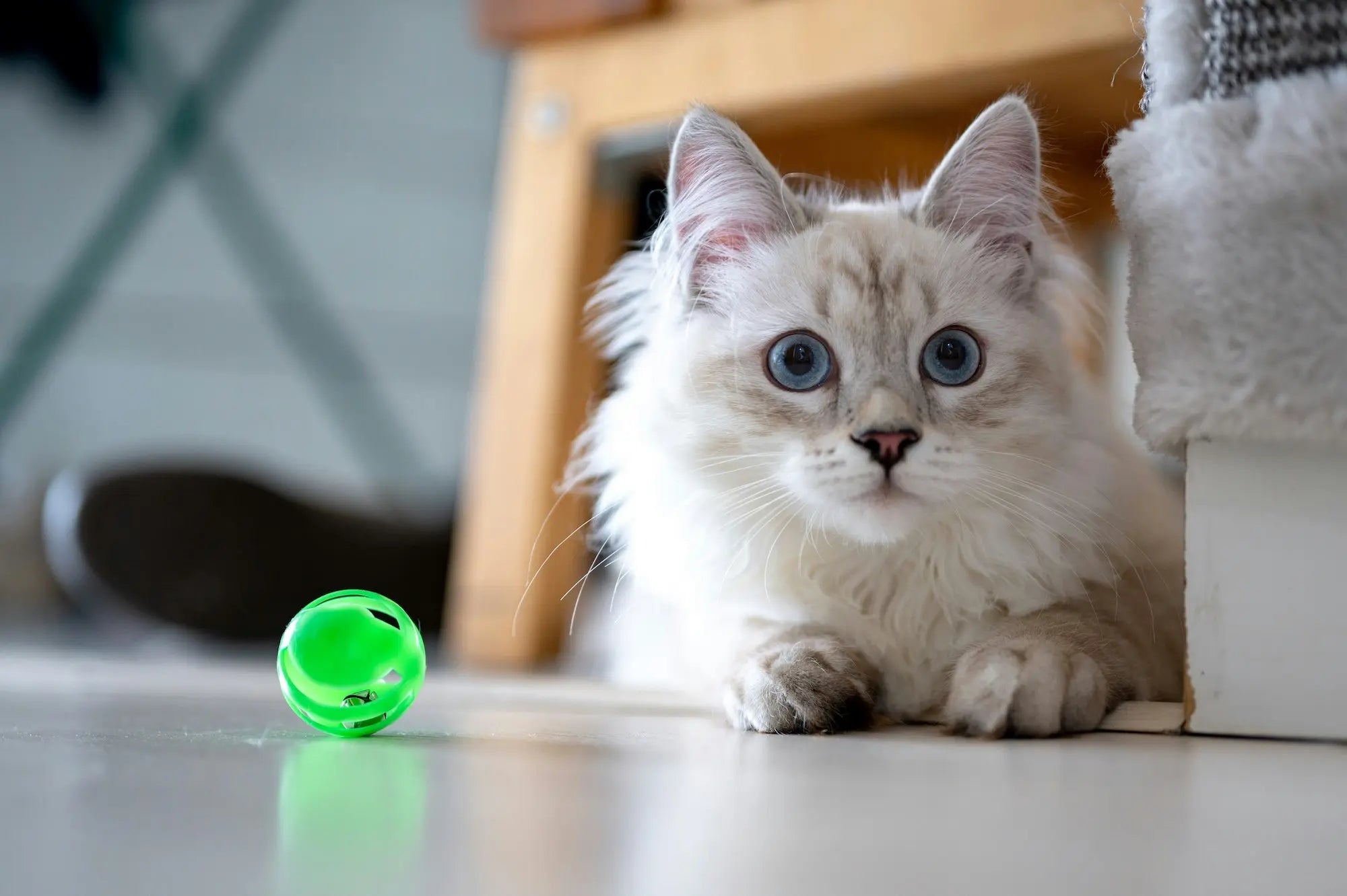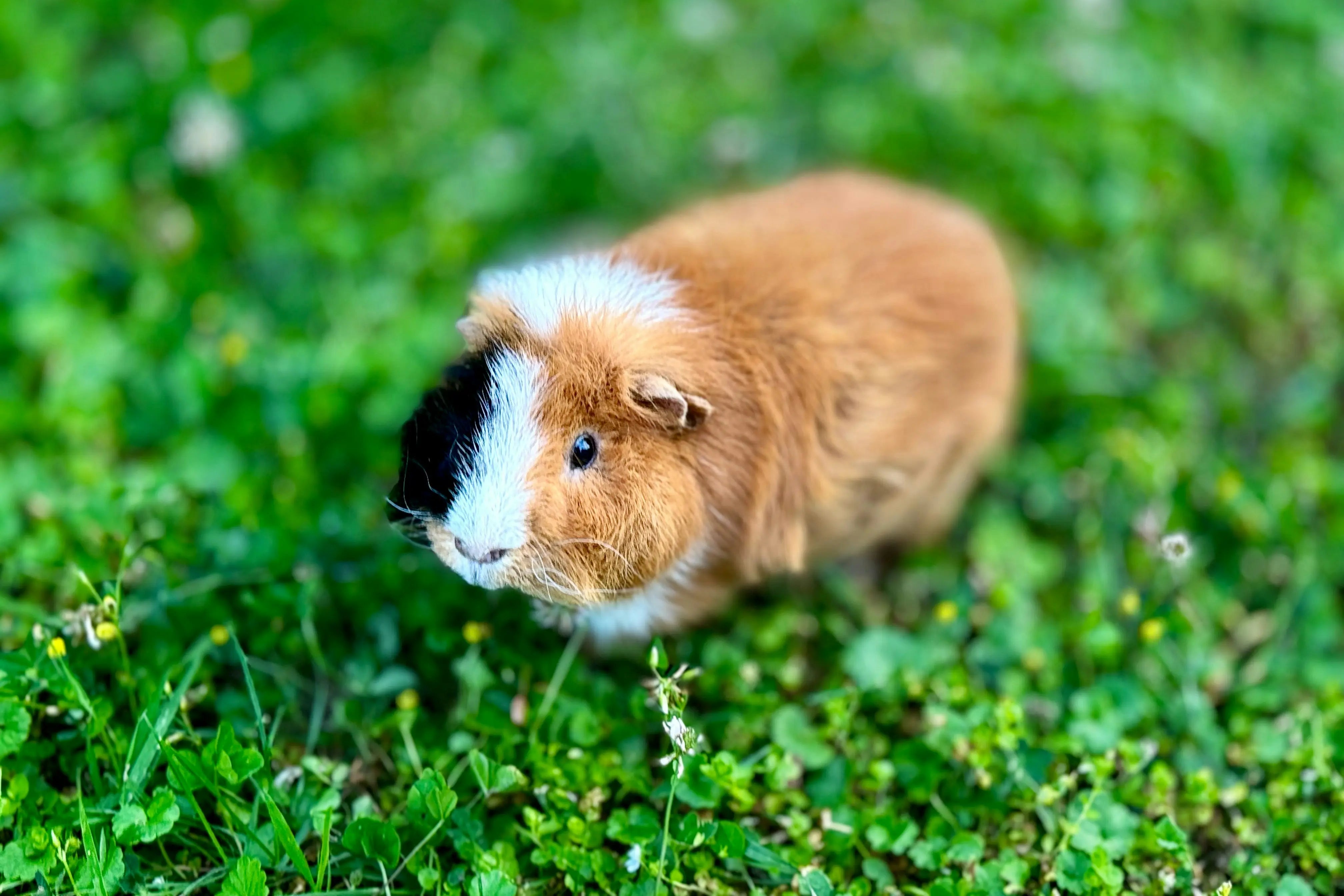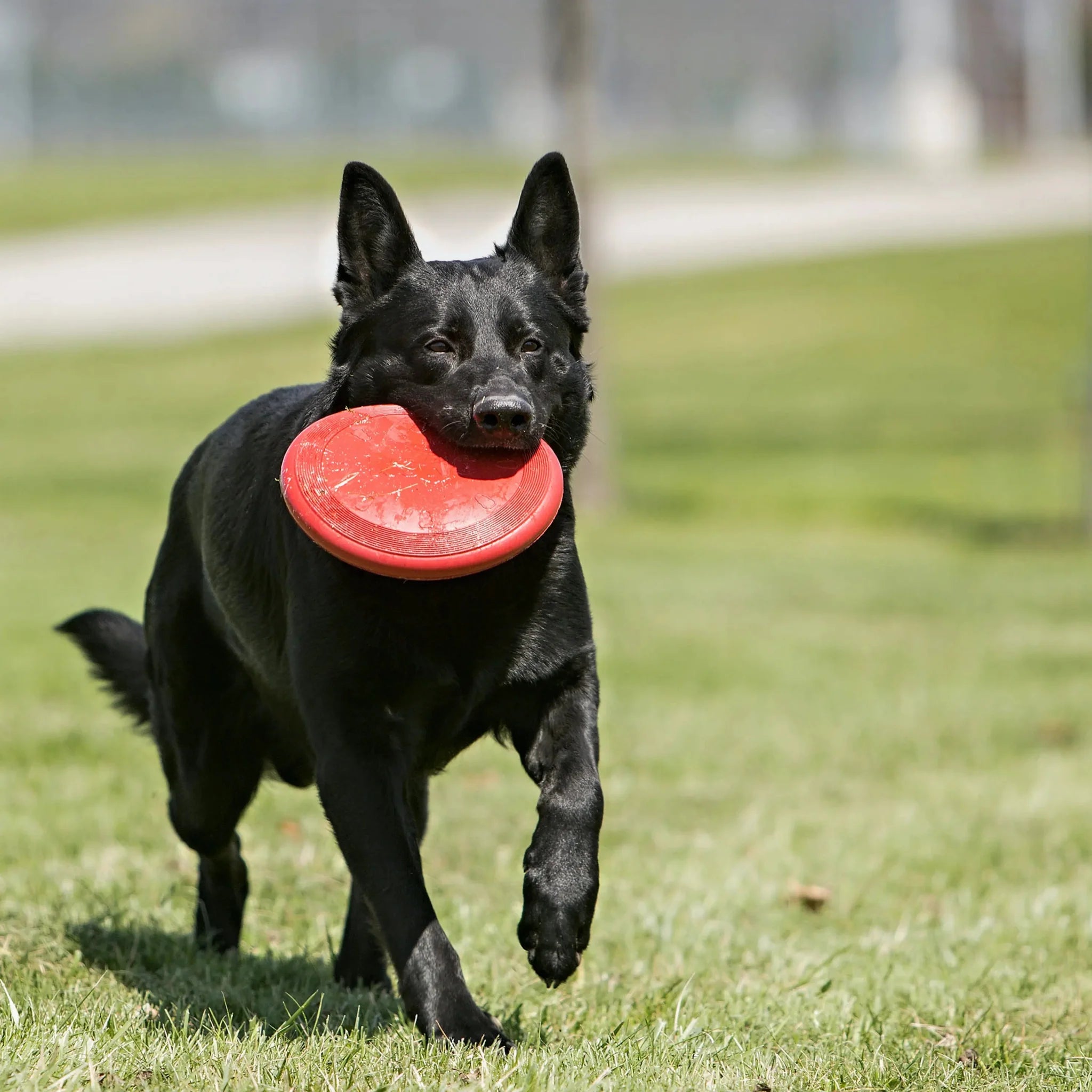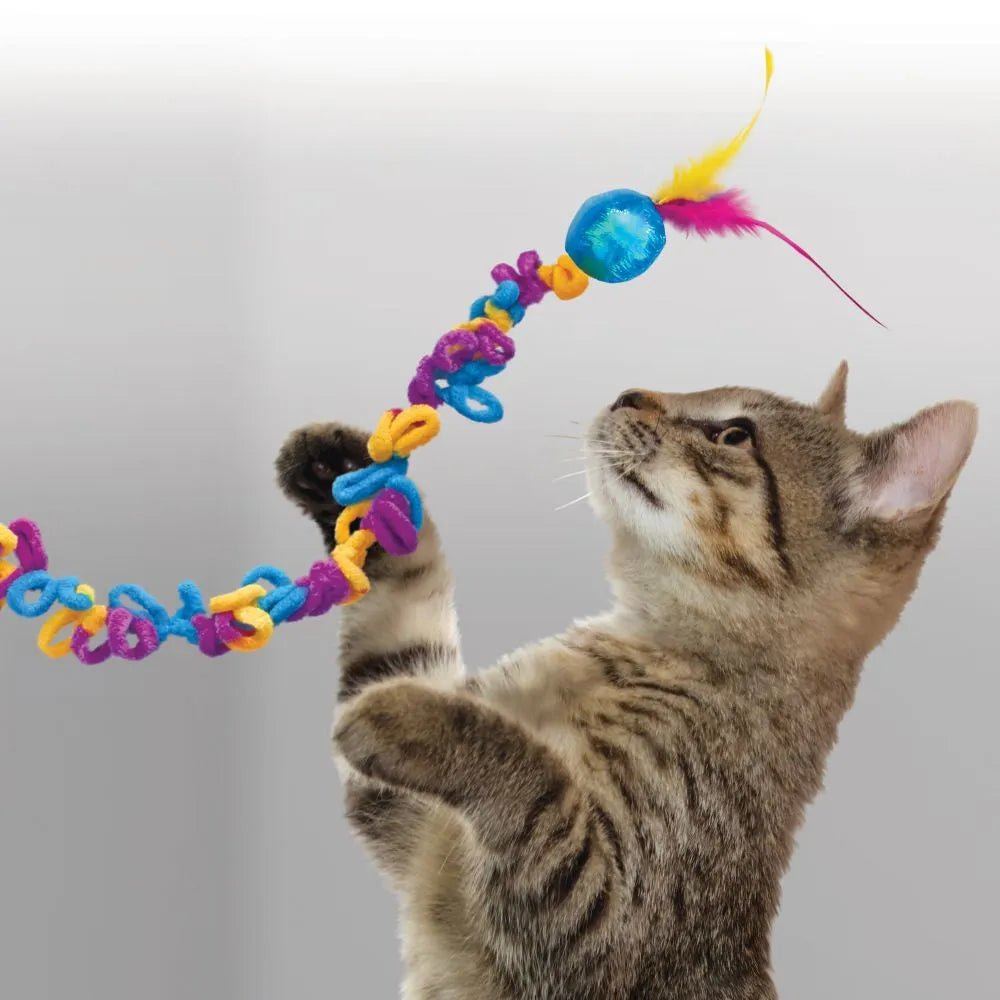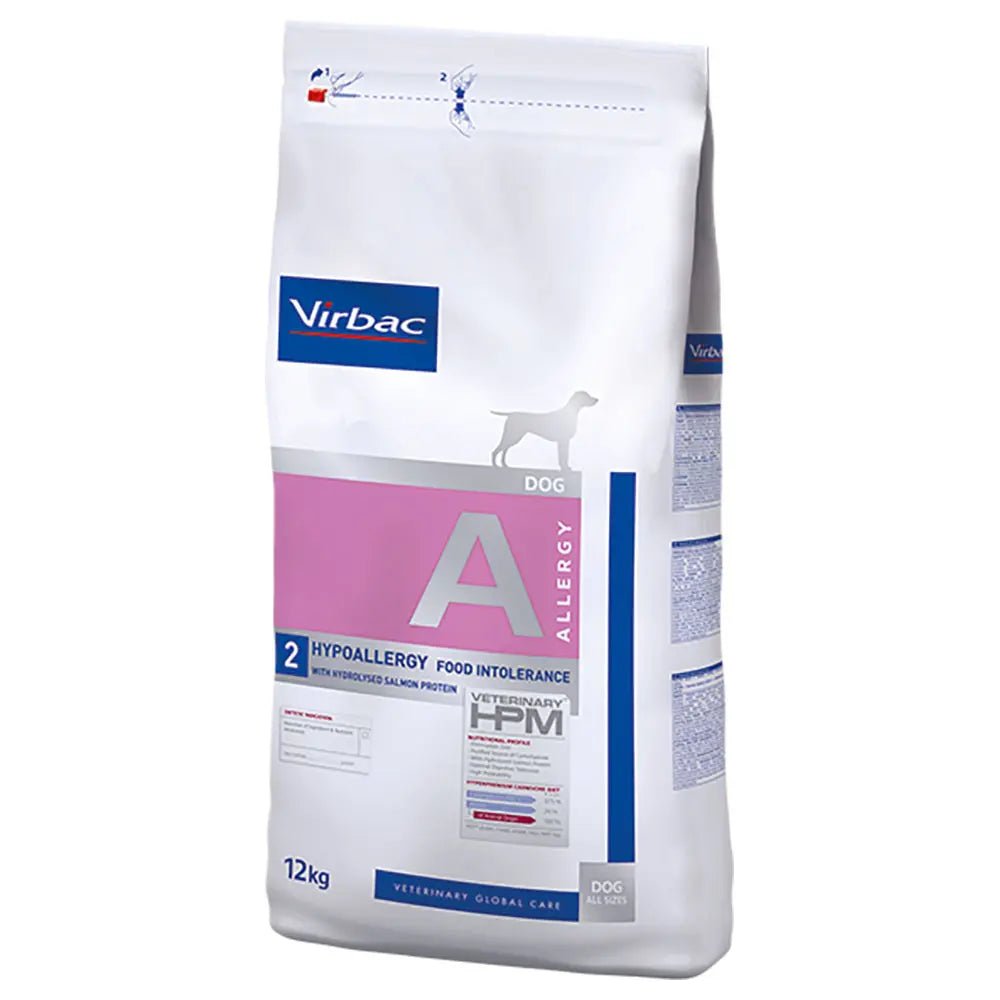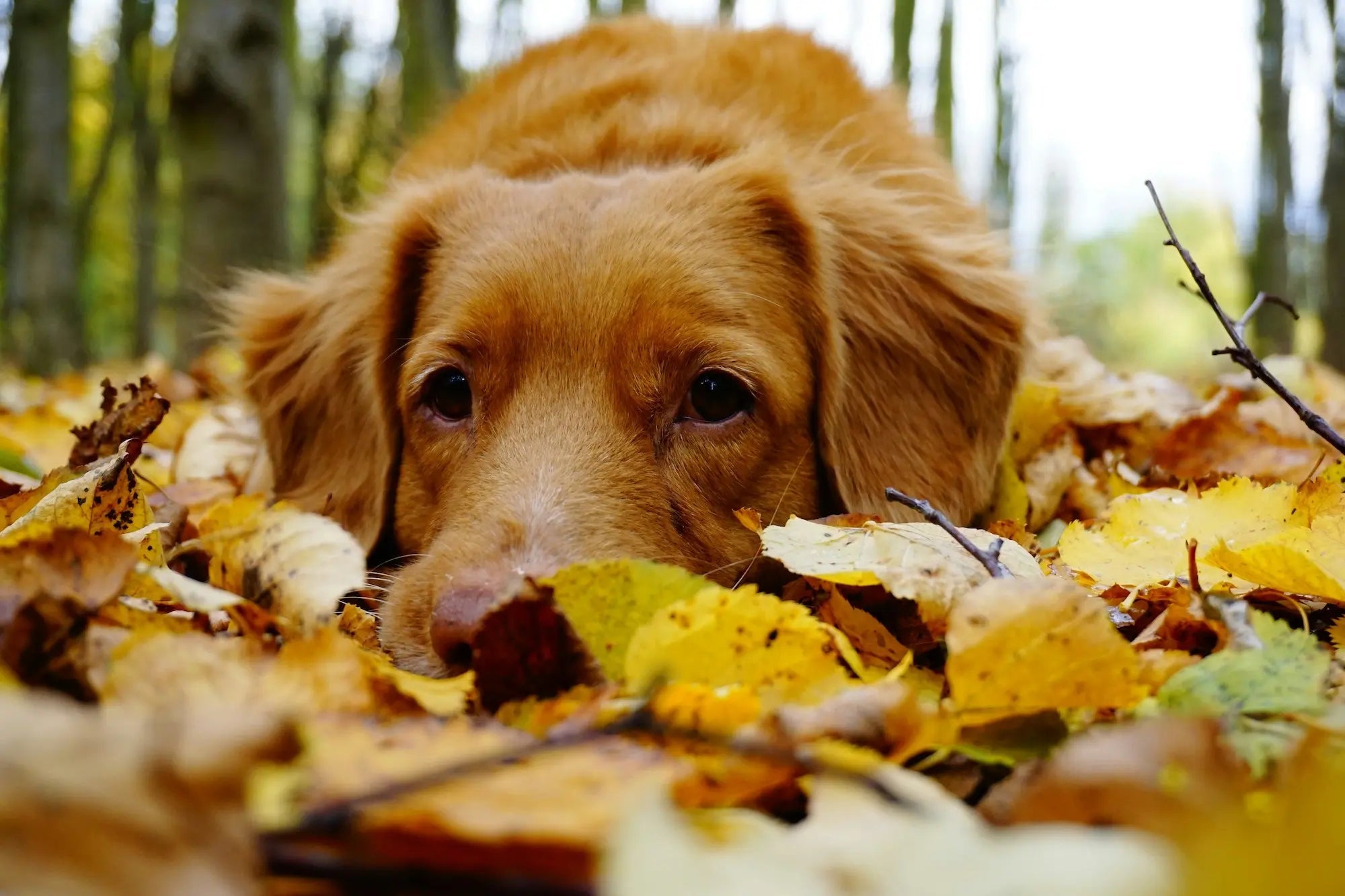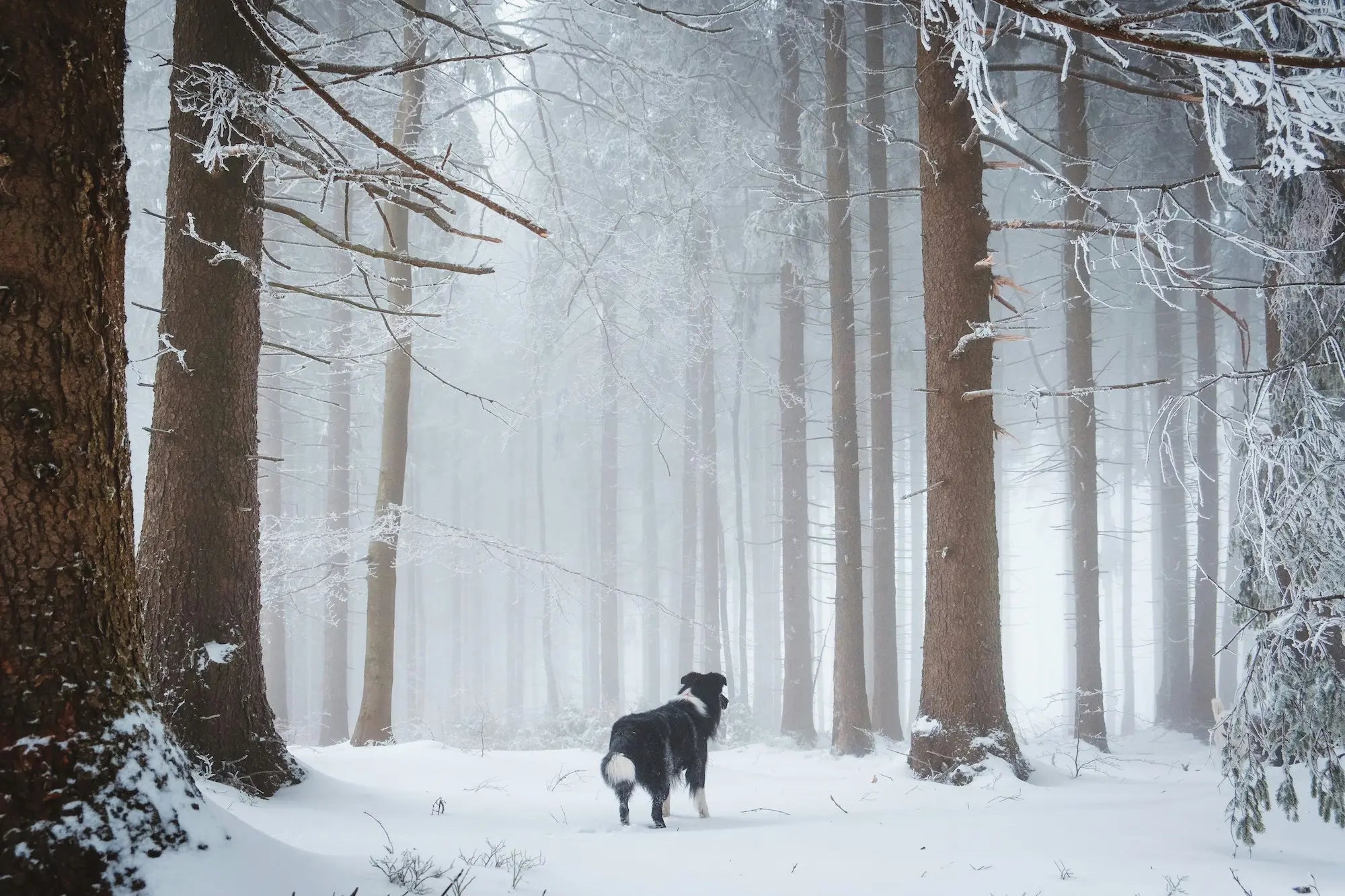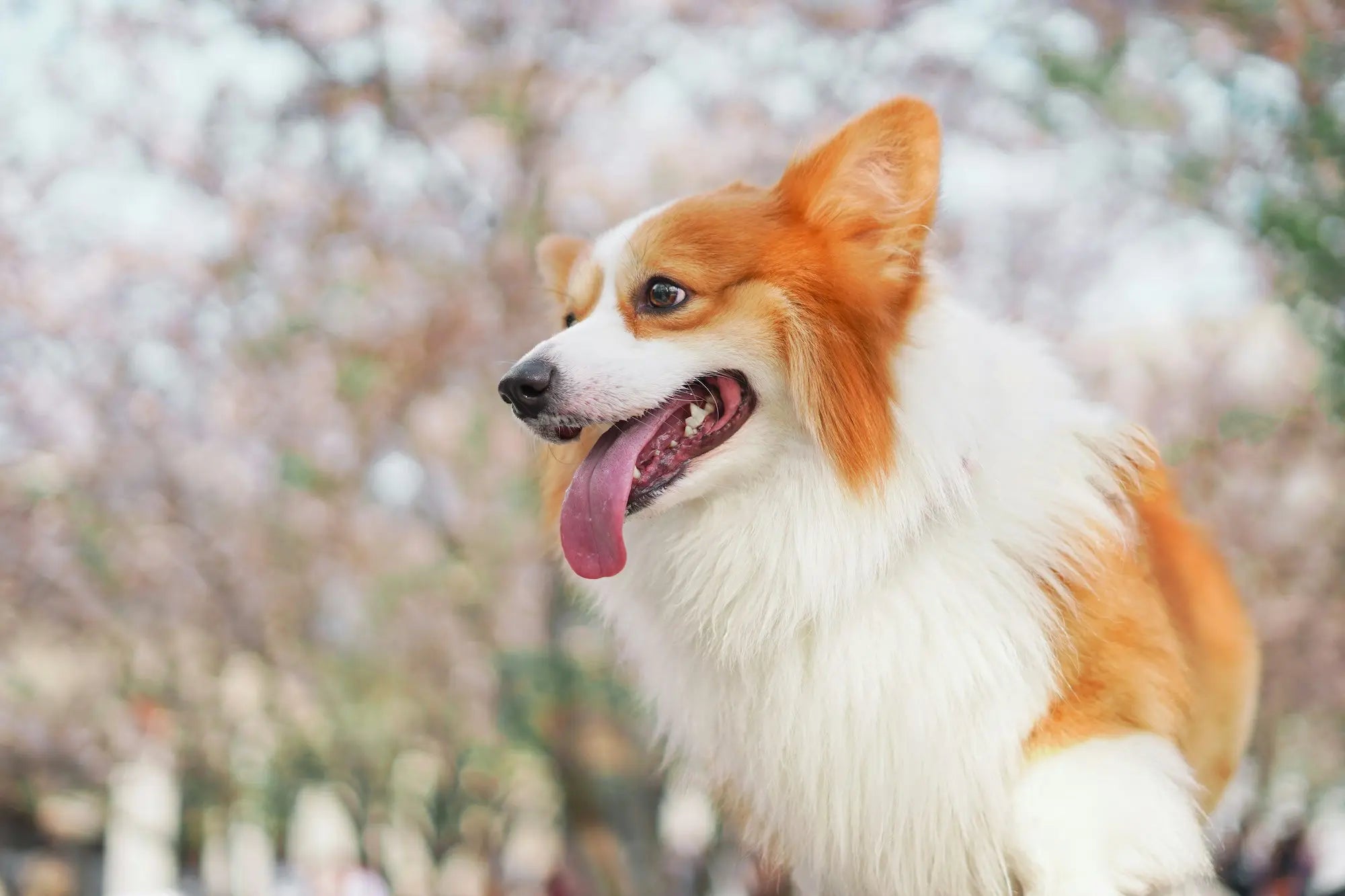Exercise and activity are important for your puppy's development and health. But how much physical activity does it need and how far can a puppy actually walk ? In order to give your new family member the best conditions for a happy life, it is important to understand your puppy's activity level. Daily activity and fresh air are absolutely necessary, but overexertion is not good either. We explain what you should think about when walking your puppy!
How to plan your puppy's first walks
How much activity your puppy needs depends on how old he is. The older he is, the greater his activity needs. In fact, there is a simple rule of thumb: the puppy's age in weeks is the equivalent of the number of minutes the walk should last.
Notice how walks with your puppy help to help it become a house dog .
Walk in the neighborhood vs. rugged terrain and nature
Beyond this, there will of course be some variation, depending on the puppy's breed and individual needs. For example, do you have a 12-week-old puppy who likes to stop and sniff around? Then it's perfectly fine to walk for a few extra minutes. The rule of thumb is therefore best suited for walks on flat terrain, such as asphalt, a park or sidewalk, where you walk at a steady pace.
If you are walking in the woods and fields with varying terrain and softer surfaces, your puppy can walk longer. Movements in hilly terrain will cause less wear and tear on the body by distributing the physical load. Not only does this type of walk help prevent joint diseases and injuries, it is also great exercise for improving coordination and balance!
Get to know your puppy
When you start walking, it's a good idea to vary the terrain. If this is difficult, a walk in the neighborhood is still better than no walk at all. Puppies can't tell you when they've had enough. Also, like human children, they're not always as good at sensing. So it's your job to watch for signs that your puppy is tired.
For example, signs of exhaustion or stress may be shown by lying down, not wanting to walk, or suddenly starting to bite, bark, or jump. This does not necessarily only have to happen during the walk, and the signs can appear both after you get home and even the next day. If you see these tendencies, you should let your puppy rest and possibly shorten future walks.
Have the equipment in place
For a pleasant walking experience, comfortable and correct equipment is also important. Does your puppy seem reluctant to go on walks, despite them being short and calm? Then it may have developed an aversion to the equipment. Nobody likes irritating and uncomfortable walking equipment. At A-Vet you will find high-quality puppy harnesses , puppy leashes and collars, which are specially developed for active puppies!
Training for mental and physical development
In addition to walks and walks, training aimed at physical and mental development is useful for most puppies. However, the need for training will vary depending on the puppy's breed, age, personality and what you want to achieve. For very young puppies, a few exploratory walks are often enough, in addition to the walks. You can also start with short intervals of, for example, recall training, simple tricks and walking on a leash, while the puppy is still young. However, keep the sessions short, so that it feels enjoyable! As the puppy gets older, you can gradually start to increase the amount of training.
Can puppies go up stairs?
Some people believe that puppies absolutely cannot go up stairs, but fortunately it is not that strict. Many of the same principles apply to stairs as to regular walks; everything in moderation. It is not dangerous for a puppy to go up stairs, but a lot of monotonous walking up and down can cause stress injuries.
For example, if you live in a house or apartment with stairs, it's good for your puppy to practice and get used to the surroundings. However, we recommend that you make sure that your furry friend doesn't run up and down them, as they can slip and possibly hurt themselves. Feel free to walk with your puppy the first few times. If the stairs are very slippery, it can also be an advantage to have a non-slip surface, both for you and for Fido!



